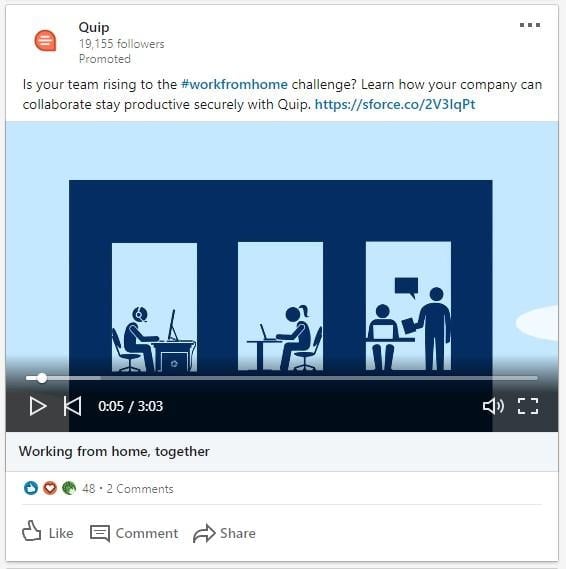
5 Ways to Adapt Your LinkedIn Ads During COVID-19
By now, everyone knows that we’re facing challenging times with the COVID-19 pandemic as well as the resulting downtown in the economy. For online advertisers, this means working with new search habits, new performance benchmarks, and, in some cases, new budget restrictions.
Your advertising campaigns don’t necessarily have to stop, but they need to adapt. That includes LinkedIn. If you’re keeping LinkedIn Ads campaigns running during COVID-19 but need some help making them meaningful, here are five strategies I suggest:
- Stop focusing only on sales
- Build audiences cautiously
- Leverage LinkedIn retargeting
- Continue full-funnel marketing
- Communicate with your customers
1. Stop focusing only on sales
The biggest benefit of advertising on LinkedIn is the business targeting available. Advertisers leverage this to make valuable sales pitches to the proper parties in a given company, industry or location.
But during the COVID-19 pandemic, all bets are off.
Too many people are in unusual work environments and simply aren’t as receptive to your hard sales pitch as they were before. The best approach now is to shift into a helpful and/or educational role. Rather than trying to get someone to set up a sales call, offer them useful content or access to a resource that could help them out. I’ve had clients do this by writing new content, putting on webinars, town halls, and more to help support their customers during this time of need.
The downfall is that you might not see immediate returns from these efforts, if you see returns at all. Many people will take the free help and never end up working with your company. But there are many other people out there who will remember that you were there when they needed help. They’ll see you as a source of knowledge and when they’re ready to upgrade their business, they’ll not only be aware of your brand but have a positive association.
The best way to keep in touch with these users is to build as many audiences as you can for retargeting later on. Unfortunately, that comes with its own challenges, which I’ll go into now.
2. Build audiences cautiously
Audience building can still be a great strategy even during these strange times, but know there will be some challenges to overcome here, as well.
First, with many people now working from home, there are potentially many more (or at least different) devices in their work day.
Let’s consider my mom as an example. She works on a computer in her office but is now working from home. She’s still using a computer, but it’s a brand new one her company bought to give to remote employees so they could feel like the systems were secure.
This means a couple of things for audiences based on cookies:
- The audiences my mom was in from her work computer will no longer target her since she’s not using that machine.
- The new audiences she’s finding her way into may not be helpful in a few weeks once she goes back to the office and resumes work on the original machine.
This change in behavior won’t last forever, but it’s also not going to go away overnight. Think about how you’re leveraging audiences and adjust as needed.
That could include any of the following:
- Create audiences with shorter/longer cookie windows on platforms other than LinkedIn to accommodate and speak to users based on how they’re interacting with your site.
- Ask employees to share their IP so you won’t accidentally include them in your audiences or analytics.
- Leverage gating tactics and ask for an email address before giving access to resources to help build a custom audience you can upload to platforms. (More on this later.)
There are still plenty of ways audiences can be useful, and we’ll get to those next, but be aware that they might not be as fool-proof as before.
Speaking of building audiences, did you know that you can segment your LinkedIn paid traffic based on visitors’ job function, company, company size, and more? If you’re intrigued, the LinkedIn Website Demographics feature is about to become your best friend.
3. Leverage LinkedIn retargeting
This might sound a bit silly and obvious, but if you follow my work at all you know I typically don’t like to run retargeting ads on LinkedIn. If anything, I try to steer you away from them.
The platform already has the highest CPCs, so why pay those twice when you can prospect on LinkedIn and then retarget on other cheaper platforms like Facebook and Google?
Well, this is likely the time to put that strategy on hold. Or at least, augment it with some LinkedIn retargeting.
For the same reasons I list above about audience issues and creation, it might be hard to retarget users accurately across those platforms. If you’re continuing the full-funnel marketing (which I recommend—more on this next), then it makes sense to keep it all in every channel so you have the best coverage and best chances of not missing anyone. Create your audiences in all platforms, but also LinkedIn, and retarget to the best of your abilities across all channels. Once everyone gets back to work, it might make sense to limit LinkedIn retargeting again, but for now, I think it’s a viable strategy.
4. Continue full-funnel marketing
In times like these, it’s easy to assume that all B2B buying functions are stopped, but that’s not always the case. Some companies are seeing businesses go through the buying stage more quickly than usual.
We need to move away from the hard selling in advertising campaigns, but we should continue to nurture them as we have before. The particular nurture cadences and touchpoints may need to be adjusted, but don’t abandon the nurture cycle completely.
Companies are still willing to buy during COVID-19, it just might look a little different than usual.
Continue having sales teams follow up and utilize retargeting campaigns to impact their buying decisions. With LinkedIn, that could mean any of the following as a follow up touch point:
LinkedIn lead gen ads
Test using lead generation ads as a follow up conversion action. This could be for a sales call, for another content touch point, or even as simple as a newsletter sign up. The goal here is to keep the users engaged with your brand with as little friction as possible so that when users are able to take the next step, they’ll be ready for it.
Sponsored InMail
The theory here is the same as for lead gen ads, but InMail should be reserved for a particularly special offer.
Many users feel InMail is a bit of an invasion of privacy into their Inbox, so be sure the offer you’re making is worth the intrusion. What can you offer that the user won’t see anywhere else? Deep discount? Free onboarding? As long as it’s a valuable and unique offer, this could be worth a shot.
LinkedIn video ads
If we want a slightly softer touch, video ads can be a great way to get back in front of a target audience and get your message across in a controllable way. If you have video assets available, this could be a good time to leverage them as a soft touchpoint in your audience’s LinkedIn feed to, again, help you stay top of mind.
5. Communicate with your customers
No matter what, throughout each stage of the buyer funnel, make sure you’re communicating proper expectations to your customers. What can they expect from you in terms of follow up, if any.
In ad copy, make sure you’re positioning yourself in such a way you can follow up on.
Update your website copy to make it clear what your availability is.
If you don’t have dev resources, check out this new tool from Google Optimize that lets you add a banner to your site.
Many other things are uncertain at the moment. Make sure that your customers aren’t unsure about your company and how you can help.
Review and adjust your LinkedIn advertising during COVID-19
As I mentioned earlier, you may not be ready to ramp your ad spend back up, but that doesn’t mean you need to stop your campaigns altogether. LinkedIn campaigns need only adapt to continue to be useful during COVID-19. Think about how you’re positioning your brand. Don’t focus only on sales, but don’t abandon them altogether, either. Be helpful and educational, capture audiences where you can, and leverage your touchpoints on all channels.



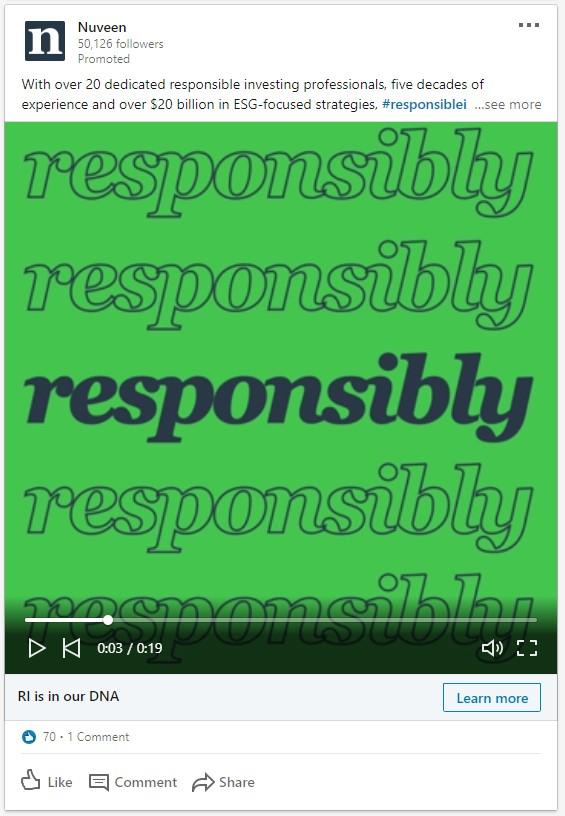
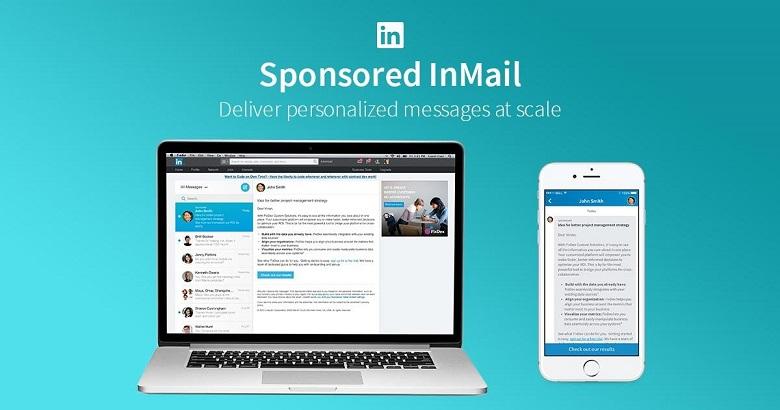


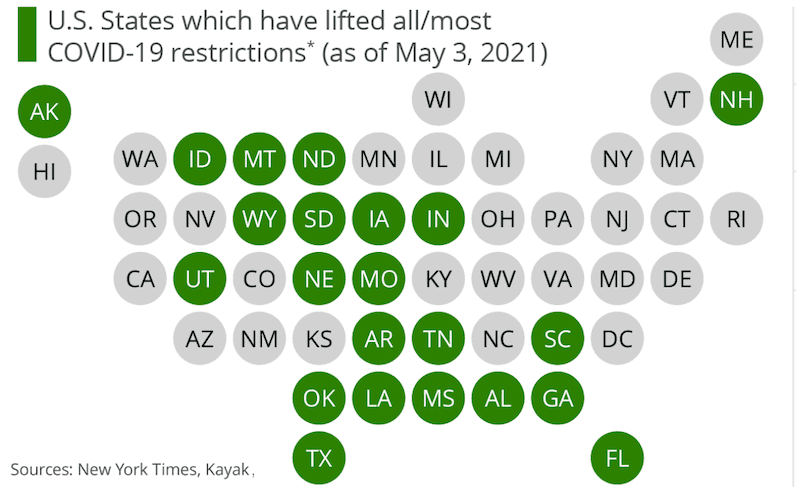



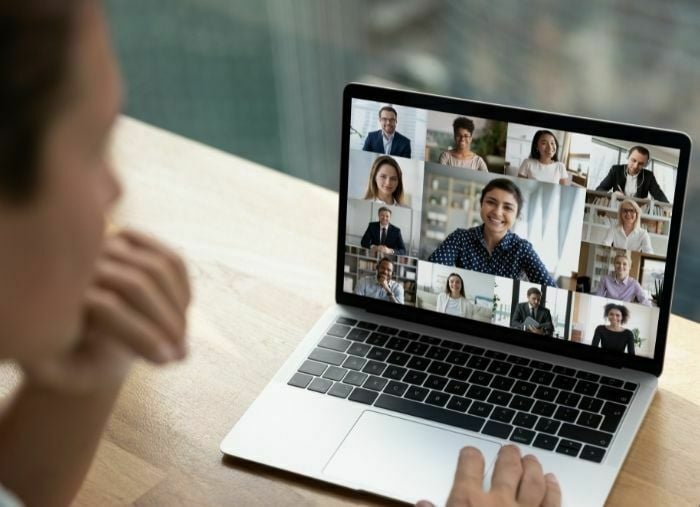
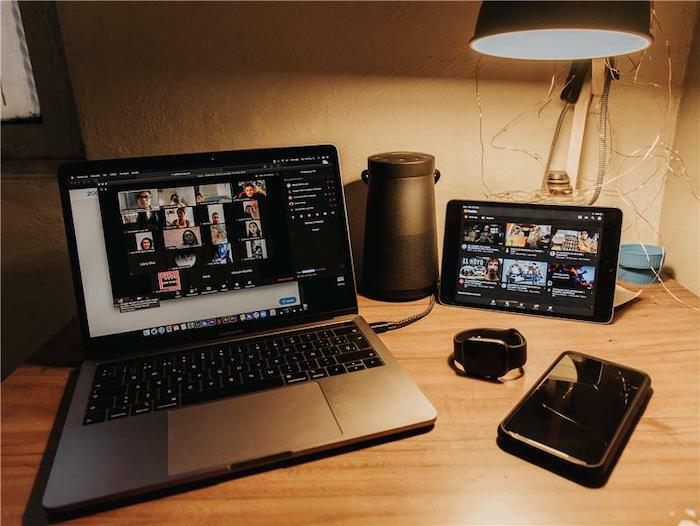
Comments
Please read our Comment Policy before commenting.